|
Getting your Trinity Audio player ready...
|
The latest war between Israel and Hamas traces back to October 7, 2024, when Hamas launched a large-scale surprise assault across the border into southern Israel. Militants stormed civilian areas, killed over 1,000 Israelis—many of them civilians—and took more than 200 hostages. The attack, widely condemned by Western powers, triggered a massive and sustained military retaliation by Israel. The Israeli government declared war on Hamas, vowing to dismantle its military infrastructure in Gaza. In response, Gaza endured weeks of intense bombardments, displacements, and civilian casualties.
For a brief moment in early 2025, silence replaced sirens, and Gaza breathed. Following relentless months of warfare between Israel and Hamas throughout late 2024, a ceasefire agreement brokered by Qatari and Egyptian negotiators in January 2025 offered a glimmer of hope. The world watched as violence gave way to negotiation, and captives once buried in political darkness began to emerge into the light. For nearly two months, the region dared to believe in peace.
The Ceasefire Deal: A Fragile Framework for Calm
The ceasefire agreement—an uneasy truce—was rooted in humanitarian necessity and strategic exhaustion. Israel agreed to pause its military operations in Gaza, while Hamas was to halt all rocket fire and armed incursions. The core of the deal centered around a staggered release of hostages held by Hamas in exchange for Palestinian prisoners in Israeli jails. The agreement included daily provisions for humanitarian aid, restoration of medical services, and the temporary re-opening of key border crossings. Mediators hailed it as a triumph of diplomacy against the tide of hatred.
A Period of Tense Stillness
For nearly eight weeks, the ceasefire held—barely. Sporadic violations were reported, but both sides were restrained from major escalations. Dozens of Israeli hostages were released. In return, Israel freed hundreds of Palestinian detainees. Aid trucks trickled into Gaza. Displaced families began returning to ruins, searching for remnants of their former lives. Meanwhile, backchannel negotiations—intense, secretive, fragile—continued.
However, reports emerged of Hamas regrouping, rearming, and preparing defensive fortifications. Israeli surveillance detected suspected weapons transfers and tunnel constructions. Public pressure mounted on Israel’s right-wing leadership, demanding a show of strength. The honeymoon of the ceasefire was fraying.
The Breaking Point: March 18
On March 18, 2025, the ceasefire shattered. The Israeli military launched a coordinated wave of airstrikes across the Gaza Strip, citing intelligence that Hamas was using the truce to strengthen its military capabilities. Israel’s defense leadership accused Hamas of stalling ceasefire negotiations and planning further attacks. Within hours, entire neighborhoods in Gaza were under fire. Hospitals were overwhelmed. By nightfall, over 400 Palestinians were reported dead—many of them women and children.
Hamas responded with a barrage of rocket fire into southern Israeli cities. Sirens wailed once again across the Negev. The bloodshed that had paused resumed in full force.
The Aftermath: Civilian Devastation, Political Collapse
As April dawned, the humanitarian crisis in Gaza reached new depths. Israeli strikes hit areas near hospitals, including Nasser Hospital in Khan Younis and Al-Aqsa Martyrs Hospital in Deir al-Balah. Journalists, medics, and civilians were among the casualties. On April 7, prominent reporter Yousef al-Faqawi was killed during a strike, sparking an international outcry.
The United Nations declared that Israel had rendered two-thirds of Gaza a no-go zone. Basic services collapsed. Food and water became luxuries. Families fled south with nowhere left to go.
Protests in Gaza, Political Blame in Israel
Inside Gaza, a wave of unprecedented protests erupted against Hamas. Residents accused the militant group of sabotaging the ceasefire by refusing to finalize hostage deals. In response, Hamas reportedly executed and tortured several protesters, crushing dissent with brutality. International observers expressed alarm, but action was limited.
In Israel, Defense Minister Israel Katz announced plans to seize large areas of Gaza, signaling the end of temporary truces and a return to long-term military occupation strategies. Internal political divisions grew, with moderates criticizing the government’s scorched-earth response, and hardliners calling for the complete dismantling of Hamas.
Who Supports Whom: Lines Drawn in Ash
The United States reaffirmed its support for Israel’s right to self-defense but warned against disproportionate force. Egypt and Qatar condemned the return to violence and urged restraint. Iran, meanwhile, praised Hamas’ “resistance” and hinted at further regional involvement. The global balance swayed between condemnation, complicity, and silence.
What Lies Ahead
The collapse of the Gaza ceasefire has plunged the region back into a deadly routine of vengeance and destruction. The death toll climbs. Diplomatic channels falter. And the children of Gaza and Israel once again fall asleep to the sound of war.
We will continue covering every major development as this story unfolds. Check back with us daily for updates, in-depth analyses, and voices from the ground. And most of all, let us know your thoughts. Leave a comment below and join the conversation on this ongoing tragedy.

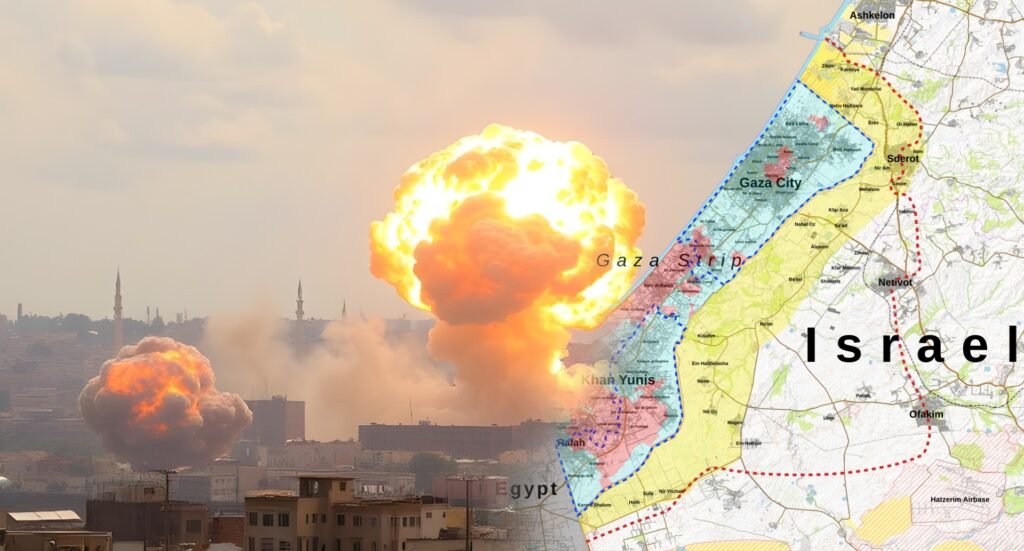


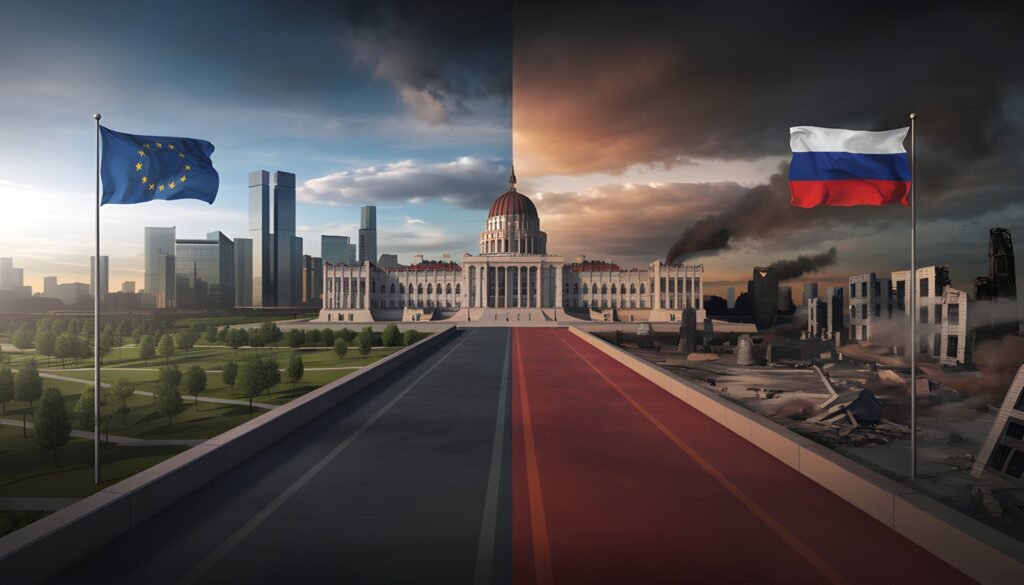
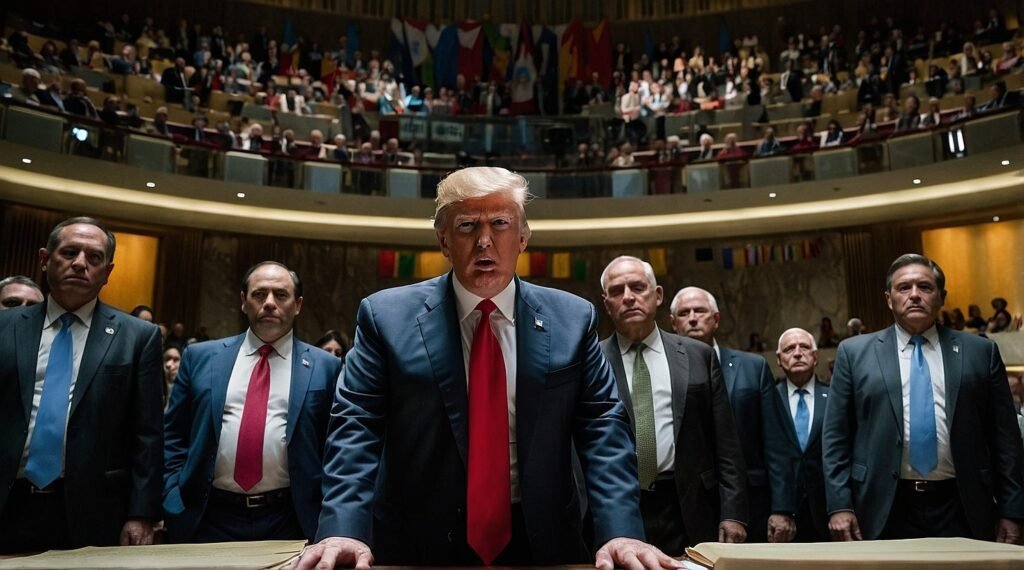

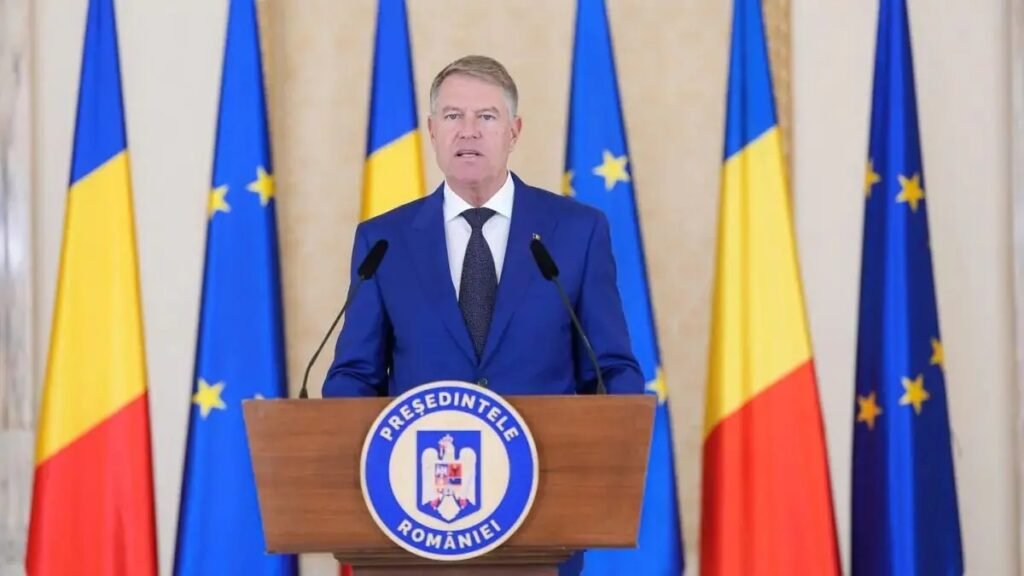

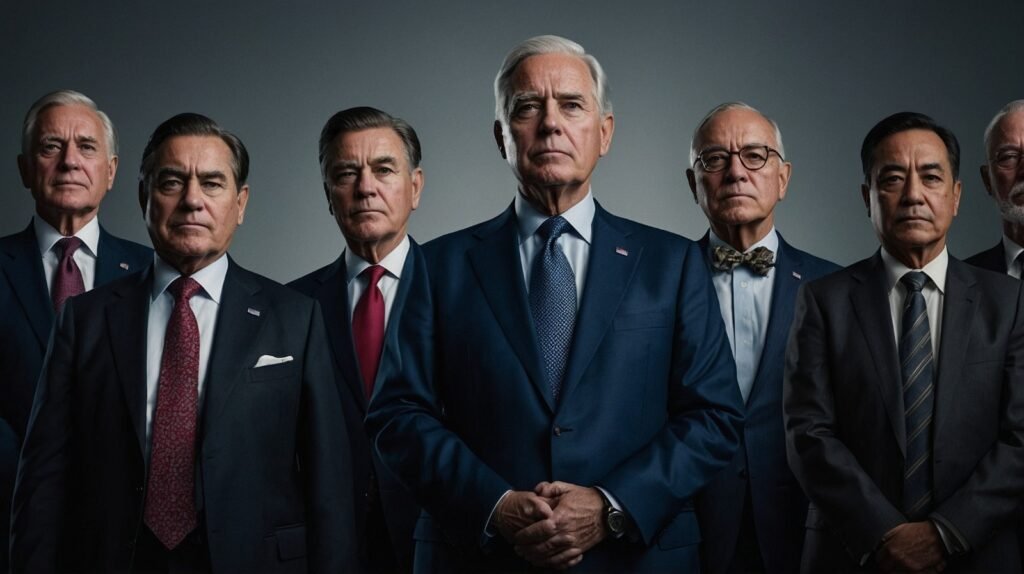
Here, you can find a great variety of casino slots from top providers.
Players can enjoy classic slots as well as modern video slots with vivid animation and interactive gameplay.
Even if you’re new or an experienced player, there’s always a slot to match your mood.
slot casino
All slot machines are instantly accessible round the clock and compatible with desktop computers and mobile devices alike.
No download is required, so you can get started without hassle.
Platform layout is user-friendly, making it simple to find your favorite slot.
Register now, and discover the thrill of casino games!
Read the latest sports news: football, hockey, basketball, MMA, tennis and more. Insiders, forecasts, reports from the scene. Everything that is important for sports fans to know – in one place.